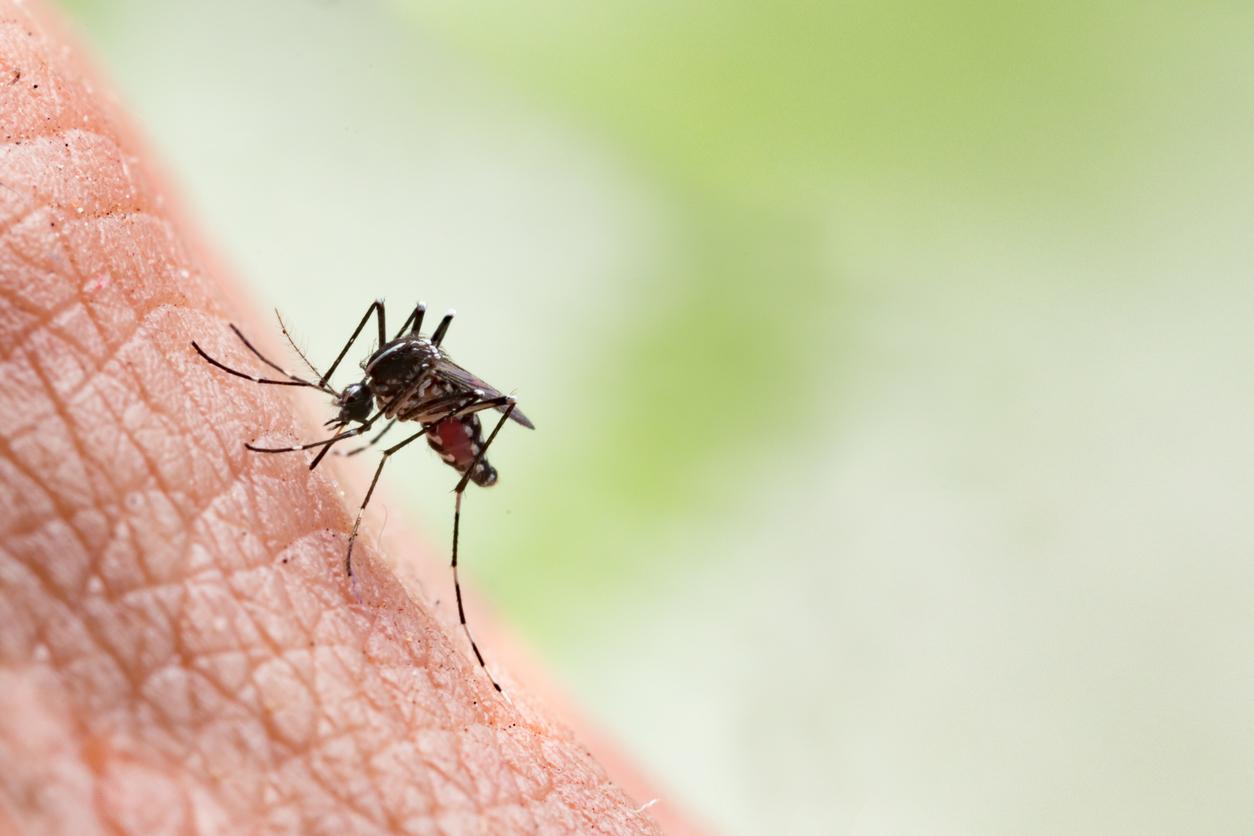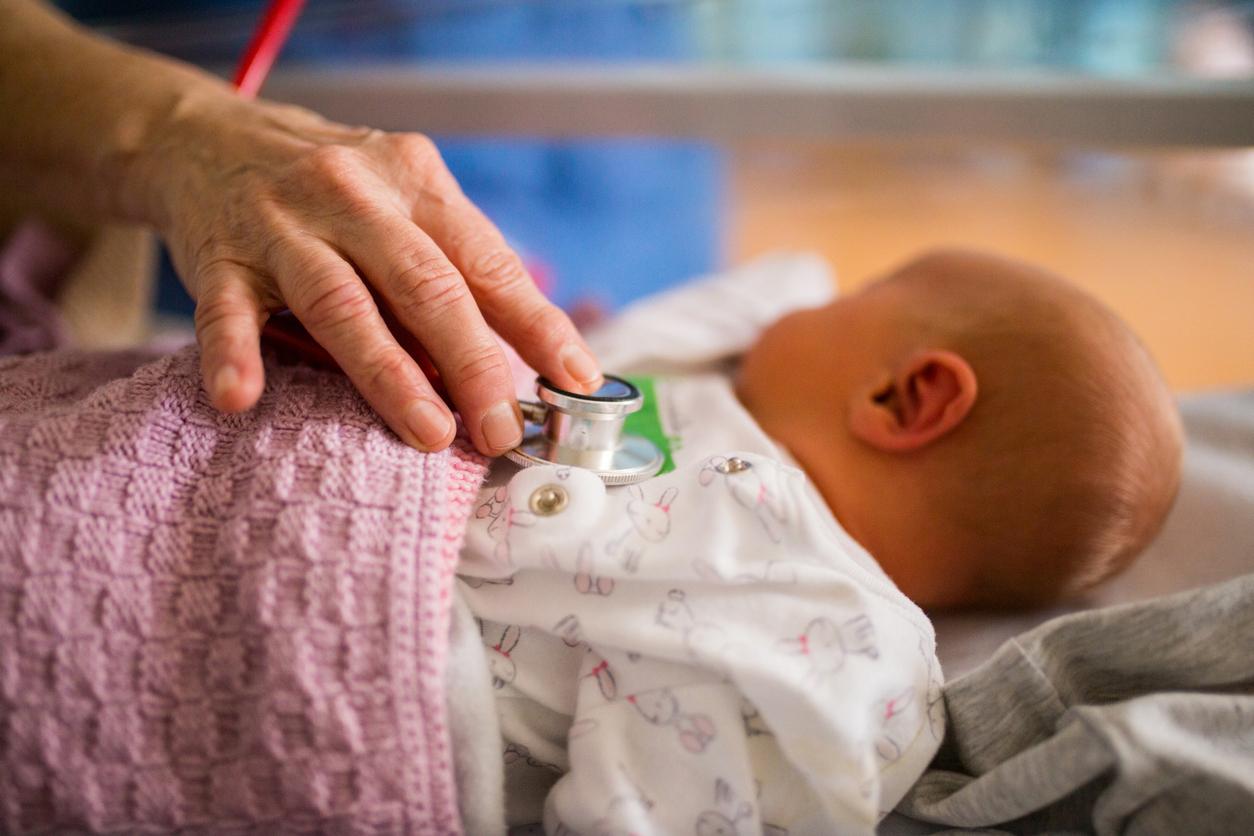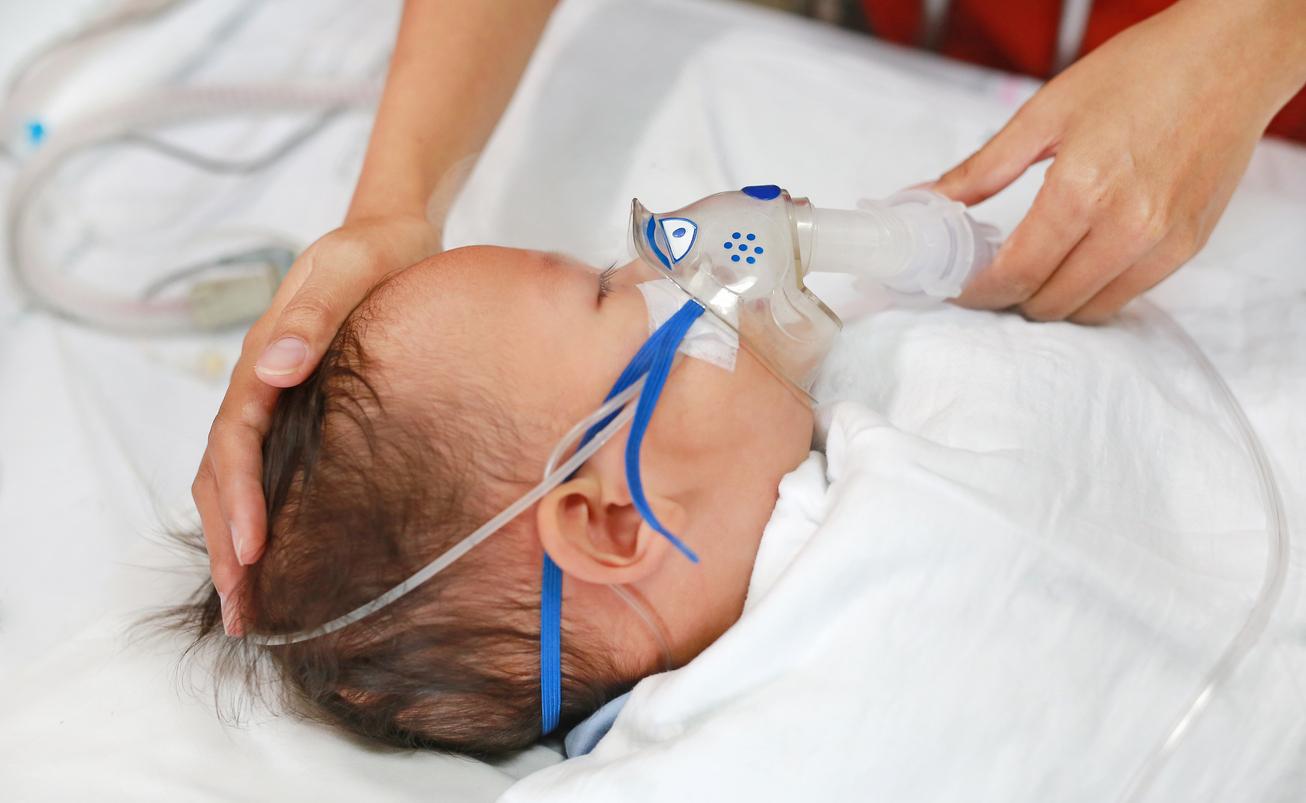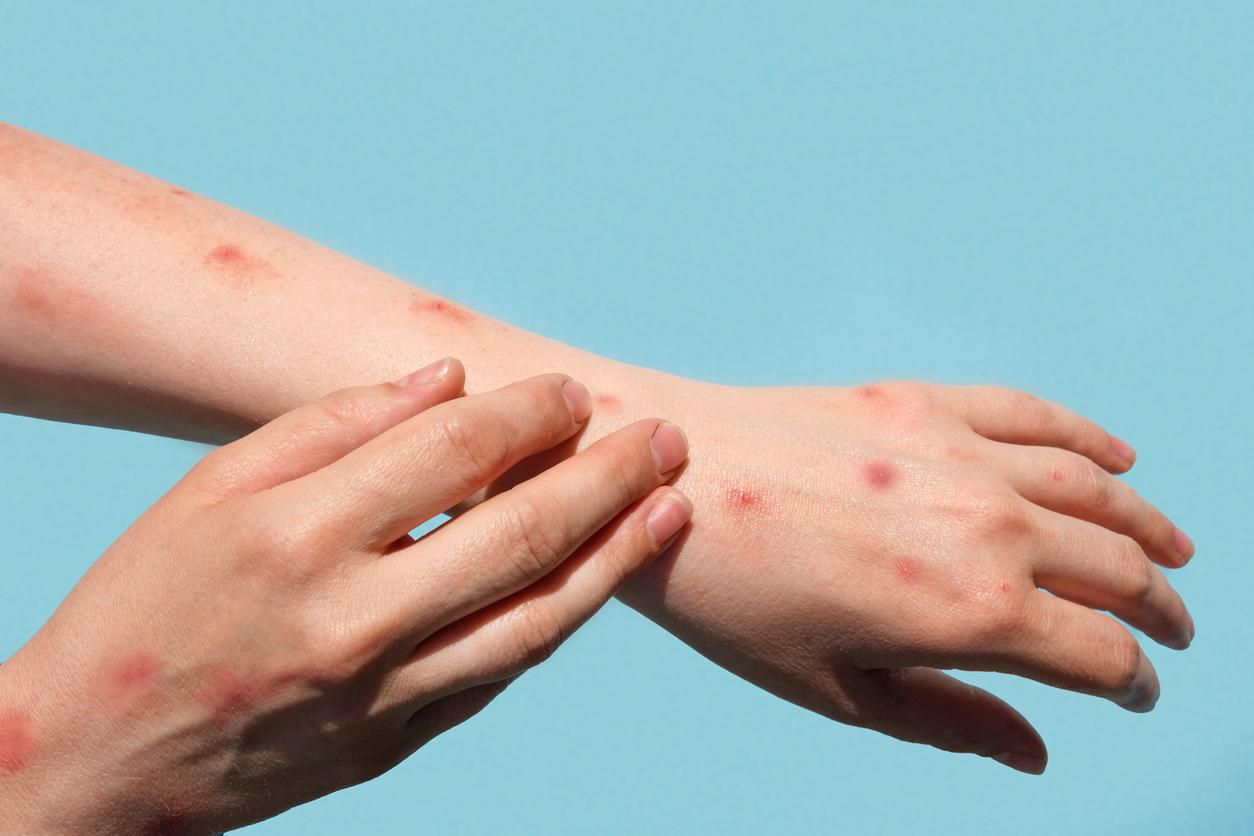After ten months of epidemic, Martinique has succeeded in stemming the circulation of the Zika virus. Fewer than 90 people were reportedly infected last week.

Martinique got the better of Zika. The Prefecture announced the end of the epidemic which had been raging since last January on the advice of the Expert Committee on Infectious and Emerging Diseases (CEMIE). Since June, the epidemic outbreak had started to decrease. But it is only since September that the number of suggestive cases has fallen below the threshold of 200 patients.
“Only 90 new patients were identified by professionals in Martinique from September 26 to October 2, against 1 140 weekly cases recorded during the epidemic peak between May 30 and June 5,” said the Prefecture of Martinique.
Encouraging figures for this French department of America (DFA) and which mark an important step in the battle against Zika. The sign of “an effective and rapid response from the start of the epidemic”.
From the first reported cases, health professionals and the population have indeed been mobilized to contain the epidemic, in particular by fighting against the mosquito. Aedes.

Vigilance still required
However, the Directorate General of Health recalls that the virus has not completely disappeared. A still active circulation which requires to maintain protective measures against mosquito bites, in particular for people at risk such as pregnant women, and the elimination of breeding sites.
The authorities always recommend avoiding “any unprotected sex during the pregnancy”. Reinforced monitoring of pregnant women is still in force. For women traveling to affected areas, it is also strongly advised to postpone the trip.
As for the other DFAs (Guyana, Guadeloupe, Saint-Martin and Saint-Barthélémy), the decrease in the epidemic is also observed but the end of the outbreak has not yet been announced.
Since last December, more than 80,000 people have reported symptoms of Zika virus infection (skin rashes with or without fever, conjunctivitis, body aches) in the West Indies region, and more than 2,000 pregnant women have been infected.
.
















